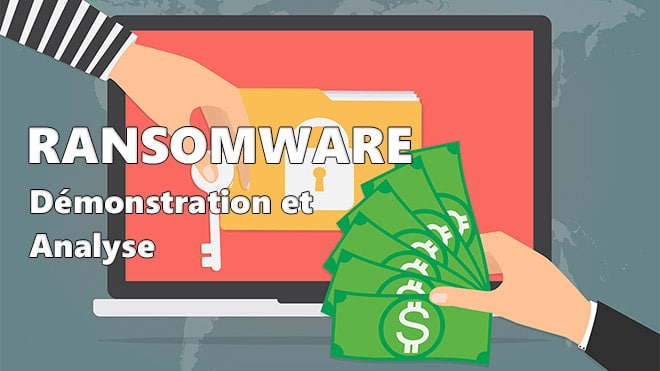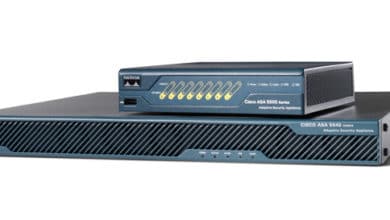Ransomware : Démonstration et Analyse

Les ransomware sont certainement le plus grand fléau informatique de ces dernières années. On ne le répétera jamais assez, les sauvegardes sont indispensable pour contrer ce genre de virus / malware. Nous verrons également d’autres méthodes pour contrer les ransomwares très bientôt 🙂
J’ai réalisé une petite vidéo dans laquelle vous découvrirez le fonctionnement d’un ransomware, de l’installation à partir d’un simple document word, aux chiffrements de l’intégralité de vos données de travail.
Les outils utilisés dans cette vidéo :
Pour l’analyse réseau :
Wireshark : https://www.wireshark.org/
Fiddler : http://www.telerik.com/fiddler
Pour l’analyse des processus :
Process Explorer : https://technet.microsoft.com/en-us/sysinternals/processexplorer.aspx (disponible dans la suite WSCC)
WSCC : https://www.tech2tech.fr/lutilitaire-indispensable-a-tout-bon-technicien-informatique/

Hello Mikael,
je viens de regarder ta vidéo très intéressante, dommage que je ne la découvre qu’aujourd’hui, car avec Thebloom de Freewares&Tutos on a fait une petite vidéo dans laquelle on a parlé entre autres des ransomwares, du coup trop tard pour te citer mais j’ajouterai ta vidéo dans l’article qui paraitra demain. :o)
Salut Christophe, merci ça fait plaisir.
Pas de souci, parfois nos articles se croisent 😉
Je suis en train d’en tourner deux autres sur des outils qui permettent de limité les dégâts 🙂
A défaut de les éradiquer…
Le mieux étant bien entendu la prévention et une bonne « éducation » pour éviter de cliquer sur n’importe.
Hâte de te lire 🙂
Super, préviens-moi dès leurs sorties cela m’intéresse, plus les internautes seront informés et moins ils se feront avoir ! ;o)<